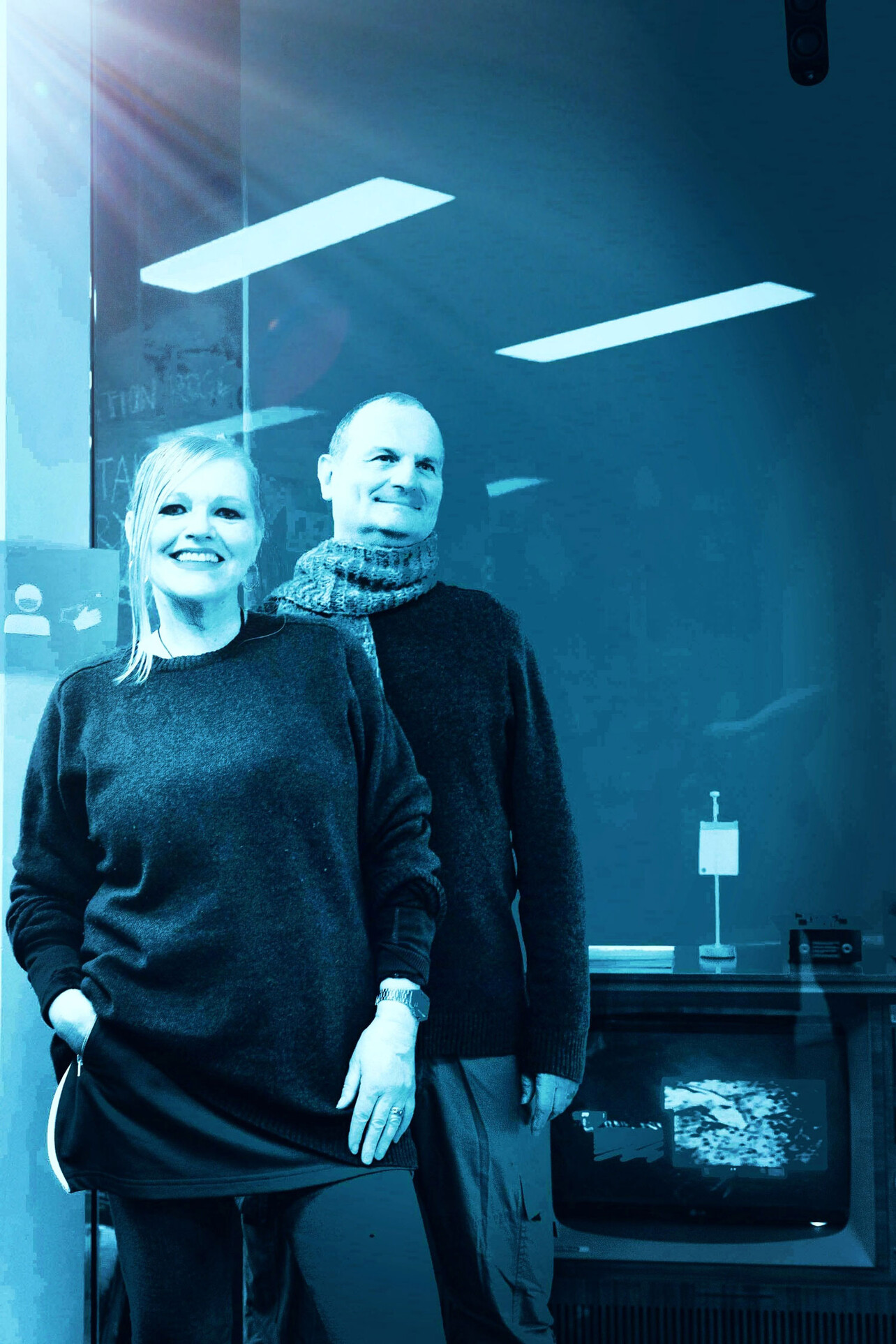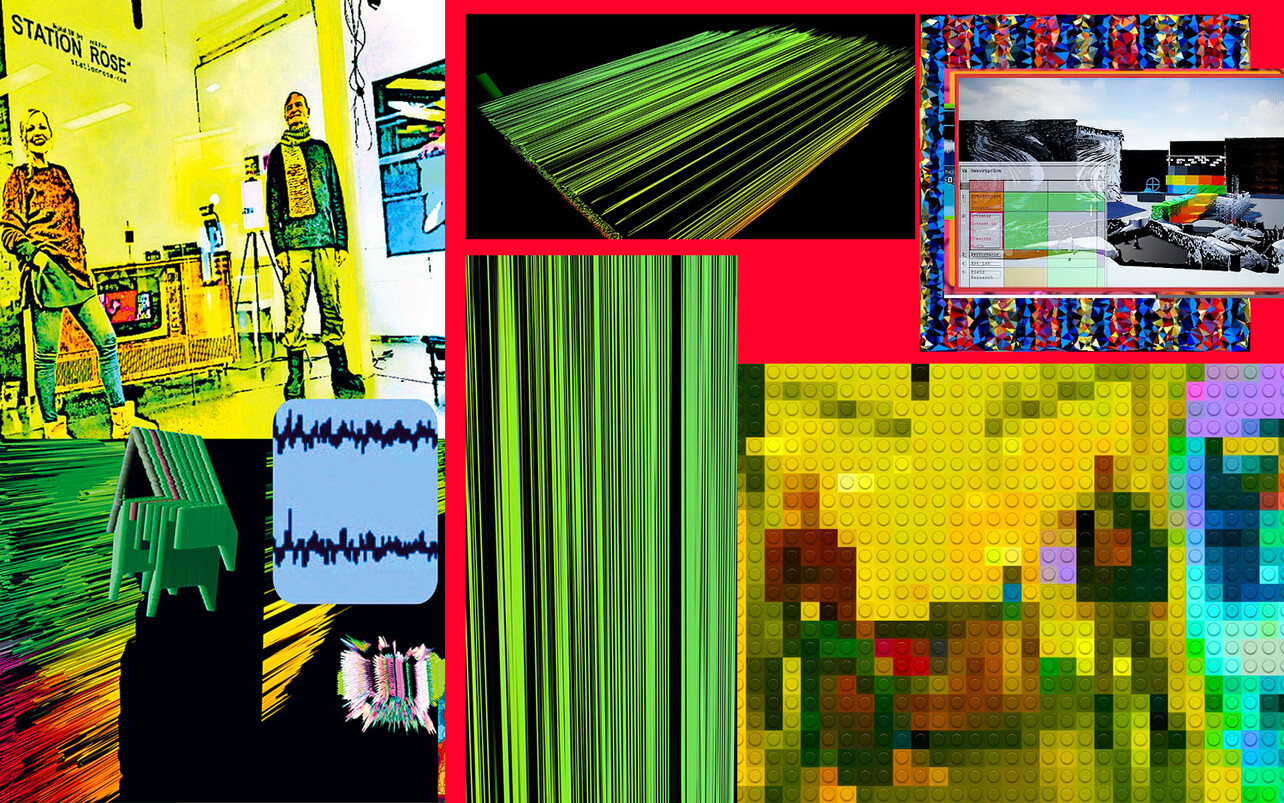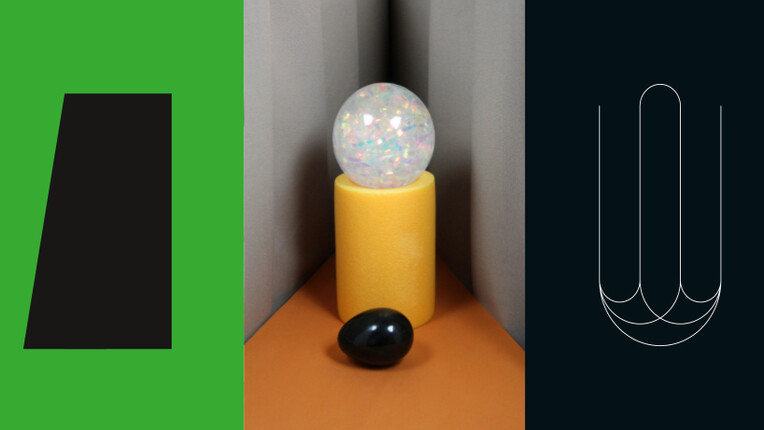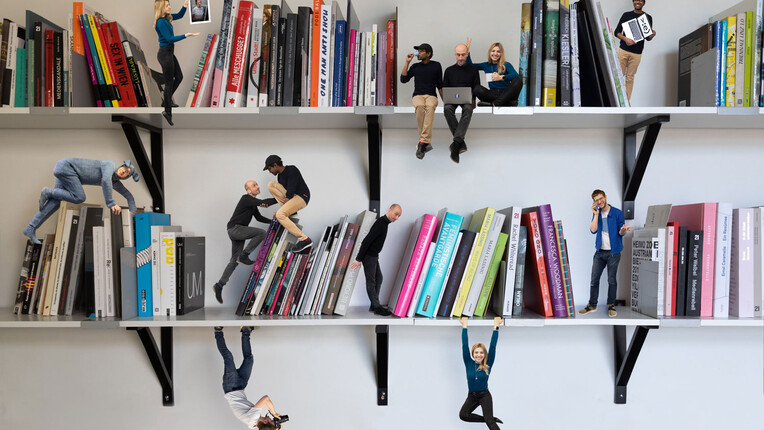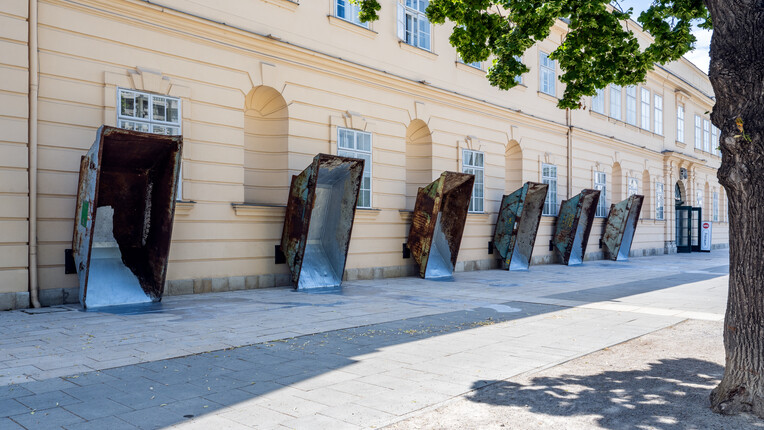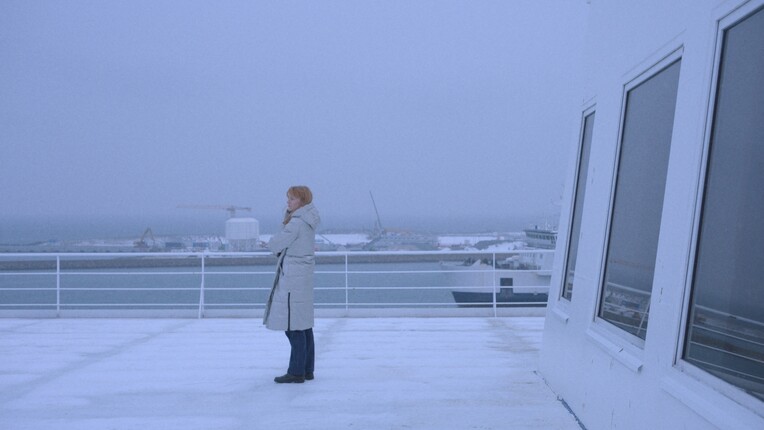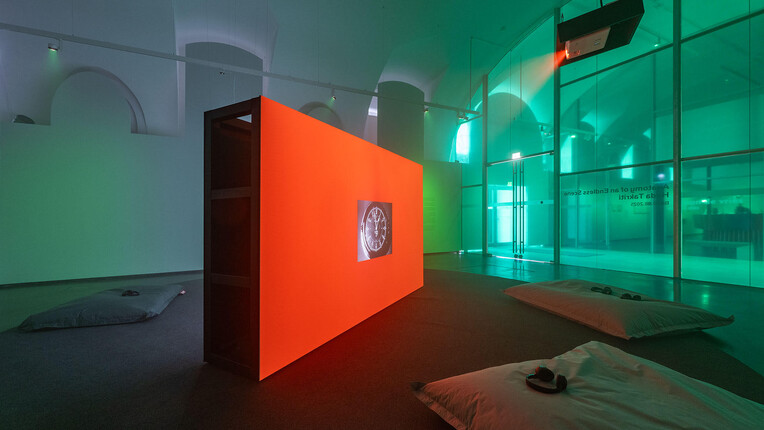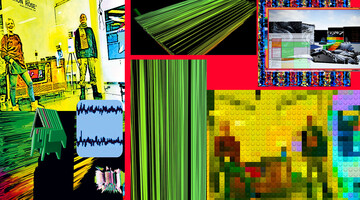
STATION ROSE
Cyberspace is our Land!
Q21 Backstage: STATION ROSE/STR is an interface between digital and analog art. Exhibitions, mixed-media-installations, music, live A/V-performances, and theory are on the agenda.
Artist duo and “pioneers of Digital Culture” (FAZ) Elisa Rose and Gary Danner - STATION ROSE - are online since 1991 and STReam since 1999. After 20 years abroad STATION ROSE installed a permanent location at Q21/MQ Wien, besides STReaming, tv-shows, music production, performances, AR (Artivive) and exhibitions all over the world.
Profile
Elisa Rose and Gary Danner
Who are you?
Elisa Rose is a digital artist, and Gary Danner is a composer. With the opening of STATION ROSE in 1988, we introduced Vienna’s 4th district as a centre of arts. We have already lived in Cairo, Frankfurt, SF and cyberspace. In 1995, we co-developed a pre-version of Facebook. We self-experimented with social distancing. AV-performances, exhibitions and lectures across the globe. We brought techno to Vienna in 1988. STR originated the term ‘Digital Bohème’. In 2018, we released ‘Katalog 30.0’ with De Gruyter publishers. Currently we are STReaming again. TV channel ORF III hosts our programme ‘Digital Art Diary’.
Since when have you been at Q21?
Since 2012.
What are your fields of activity?
Gary Danner: music. LIVE, approx. 30 records and CDs since 1979, radio pieces, TV and STReaming.
Elisa Rose: visual arts. LIVE, digital art, digital land art, performance, TV, immersive spaces.
What defines your work?
The collaboration on digital audio-visual art projects, and conveying them to cyberspace and, subsequently, to real spaces.
How do you reach your goals?
Independent action makes up 75%; alliances with academic scenes, galleries and underground; nonverbal audio-visual communication in the studio.
What challenges do you face?
The realisation of large spaces with small teams. Budgets could sure be bigger.
What makes Vienna’s art scene special?
Gary Danner: The good news is: there’s room for improvement.
Digital and analogue art is…?
Elisa Rose:…the future. It took a pandemic for digital art to be included in the art canon. As an artist, I have been talking about the importance of this change since 1988. It seems people weren‘t really ready to listen to a woman. The analogue world and nature will not disappear, they must be cherished.
www.stationrose.com
Facebook: @StationRose
YouTube: @stationrose
Instagram: @stationrose
Twitter: @station_rose
STATION ROSE // Digital Art Diary 8 unfolded
ongoing
Streaming: tvthek.orf.at
The ‘pioneers of digital art’ used the ongoing coronavirus crisis as an opportunity to create a sort of ‘quarantine diary’ and to combine real moments of lockdown life with a live performance at ‘Parallel Vienna’ (September 2020). The already aired episodes 5 and 6 focused on a trip to New York, but the media artist and the composer’s current radius has shrunk to the footpath from their studio in Vienna’s 4th district to Stadtpark, or a bike tour to Augarten. The so-called concept of ‘social distancing’ is nothing the two art enthusiasts haven’t been exploring before: They already experienced this phenomenon in the 1990s, when they self-experimented with ‘digital cocooning’ in their Frankfurt studio. In 2020, they revived ‘digital cocooning’ in the course of producing their ‘Digital Art Diary’. In their Vienna studio, they also reactivated ‘STReaming’ (live streams, which originally took place on the internet and now are included in the show as excerpts), but they already produced their first STReams in Berlin back in 1999.
